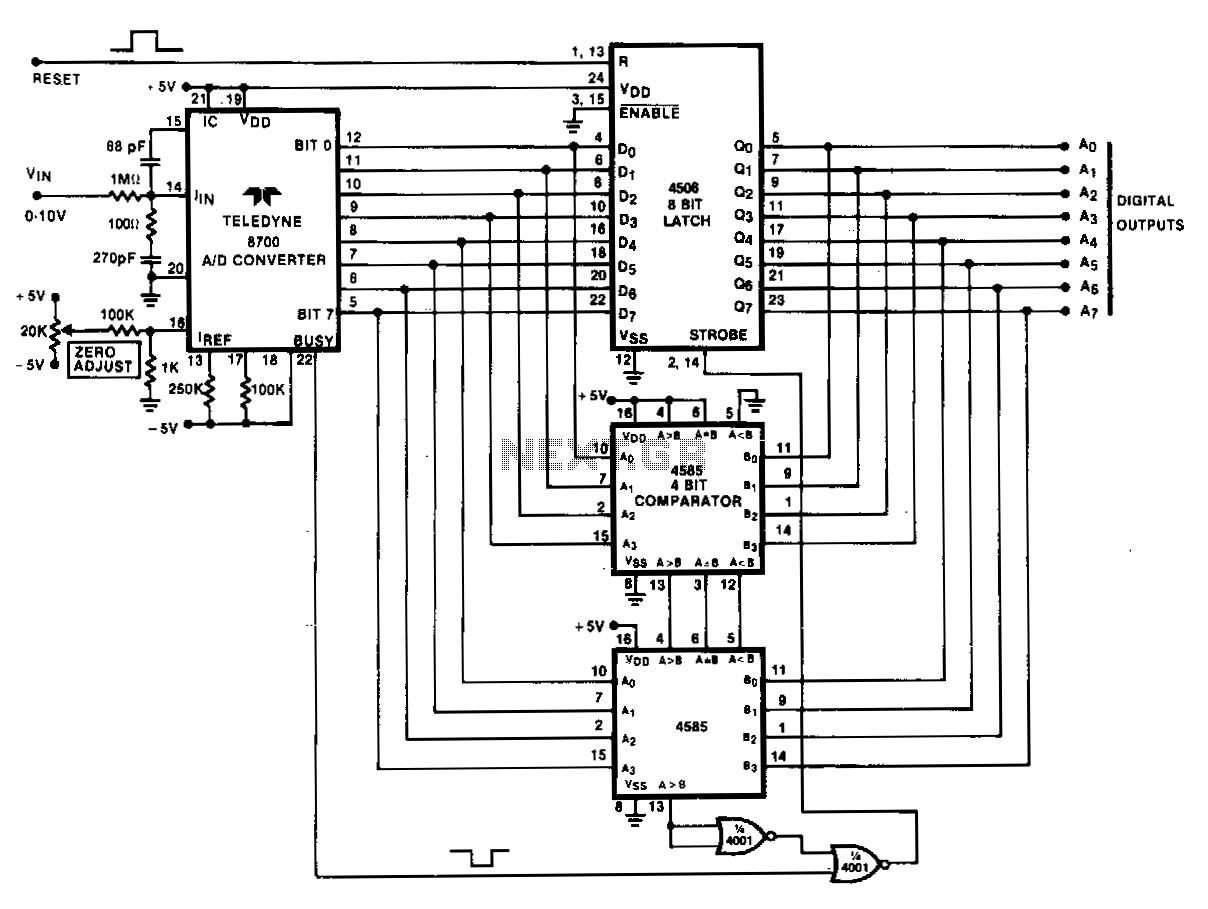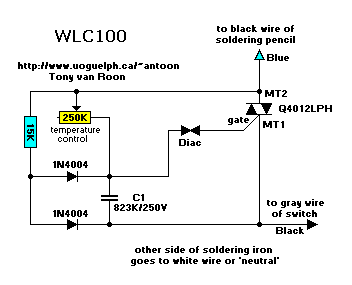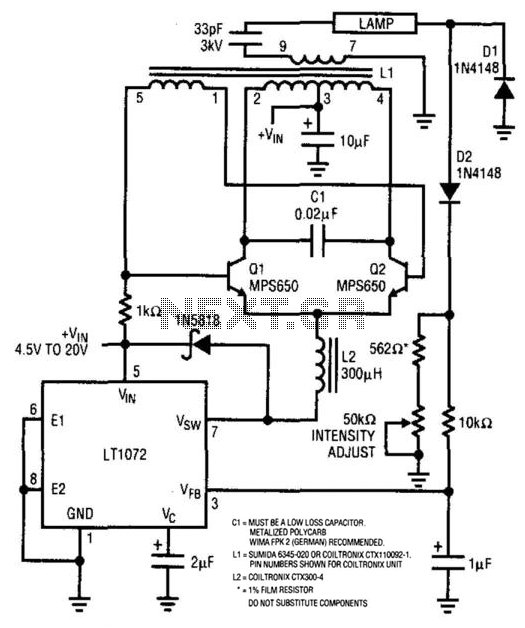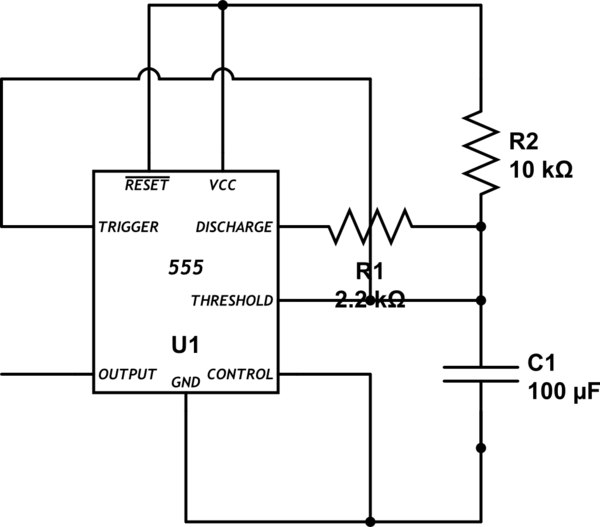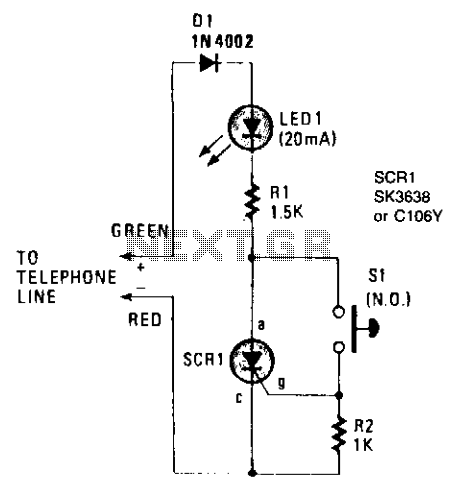
Servicing old radios
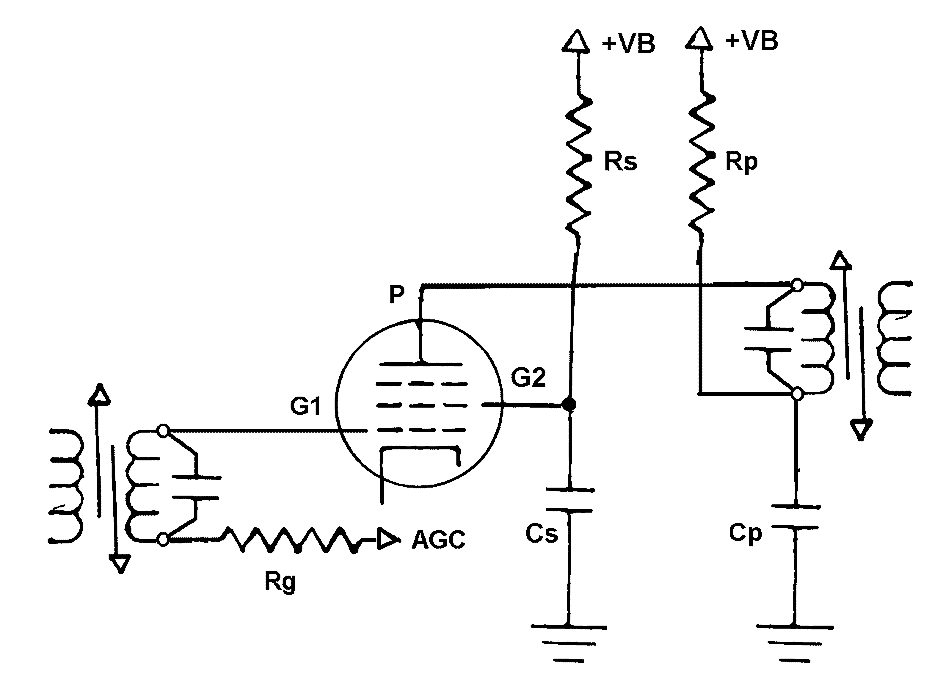
A radio that has been stored for years on a dusty shelf needs to be gently revived to restore its reliable operation and provide warm, pleasant sounds for years to come. Here are a few general notes on how a radio can be easily brought back to life. More specific details can be found by examining each individual model. In addition to common tools such as screwdrivers, pliers, soldering irons, and brushes, a few basic instruments are necessary. Some types commonly used in the past are no longer manufactured, while others still in production may not be suitable for vacuum tube sets, which can have voltages in the hundreds of volts range. However, many old instruments that are still operational can often be found at reasonable prices. Below is an overview of instruments typically found in old service shops and their usefulness. A step-down transformer, Variac, or even an incandescent lamp can be used to reduce the mains voltage during initial power-on, which is particularly useful. The step-down transformer is recommended when servicing radio sets with chassis directly connected to the AC mains. A 2 to 1 voltage ratio can be selected, starting at half voltage and switching to full voltage after reforming the filter capacitors. A soft start-up procedure is advisable even for radios that have been serviced previously if they have been left inoperative for several months or years. Most modern digital multimeters have a high input impedance of around 10 Megaohms, making them suitable for measuring voltage and resistance within the radio. Unfortunately, the voltage range of modern multimeters is limited to a few hundred volts, which is unsuitable for some older electronic sets. There have been instances of burning out digital multimeters when attempting to calibrate the high voltage supply in older Tektronix oscilloscopes. For this reason, old-fashioned moving coil multimeters are preferred, although an additional high input impedance VTVM is necessary for accurate measurements on grid circuits. Examples include the Avometer 8 and two well-known VTVMs, the RCA Senior VoltOhmist WV-98C and the HP 410B. Notably, the Avometer model 8 MK IV has separate inputs for AC/DC ranges up to 2500 volts, making it useful for servicing some older lab instruments. High voltage inputs are no longer available on newer versions of the same model. Avometers are favored for their smooth taut-band movement, consistent performance over the years, effective overload protection, and remarkable durability. Contrary to common belief, an insulation meter is not essential for identifying leaky coupling capacitors. DC leakage currents in a capacitor are always present to some extent when a DC voltage is applied to its terminals. It is crucial to evaluate how these currents affect the normal operation of the involved circuits. The insulation meter returns a resistance value at a given test voltage, which can be represented in parallel to the capacitor itself to calculate the DC shift of the involved nodes. However, the actual shift can be directly measured with a voltmeter, provided its impedance is high enough to prevent significant influence on the circuit under test. A VTVM, with its typical 10 Mohms input impedance, will introduce a predictable 10% error when measuring the voltage across a 1 Mohm grid resistor, and even less for lower resistance values. An insulation meter may yield unpredictable errors if the test is conducted at any voltage higher or lower than the actual operating voltage. Instead, the insulation meter is useful for locating leakage paths that could compromise the operation or safety of the serviced set. It is not uncommon to find leakage paths, especially in burned components.
In the process of reviving an old radio, a systematic approach is essential. Begin by inspecting the radio for physical damage or signs of wear, particularly around the power supply and output stages. After ensuring the radio is safe to power on, utilize the step-down transformer or Variac to gradually apply voltage, monitoring the current draw to prevent damage. The filter capacitors should be reformed carefully, as they can dry out and fail over time. This process involves applying a lower voltage and gradually increasing it while monitoring the voltage across the capacitors.
When measuring voltages within the radio, the use of a VTVM is recommended due to its high input impedance, which minimizes the loading effect on the circuit. For any high-voltage measurements, ensure that the multimeter is rated appropriately to prevent damage. When checking for leaky capacitors, utilize the voltmeter to measure across the capacitor while the circuit is powered, observing any unexpected voltage drops that may indicate leakage.
Finally, it is advisable to document any findings, repairs, or adjustments made during the servicing process to maintain a record of the radio's condition and history. This information can be invaluable for future maintenance or repairs. By following these guidelines, an old radio can be successfully revived, ensuring it continues to provide enjoyable audio for years to come.A radio that was stored for years on a dusty shelf must be awakened gently to return to its reliable operation and provide us with warm and pleasant sounds for years to come. Here are few generic notes on how a radio can be easily returned to life. Of course, more details can be found looking at each specific model. In addition to common tools, as screwdrivers, pliers, soldering iron and some brushes, we need few basic instruments. Some of the types, commonly in use in the past, are no longer manufactured. Some of the instruments still in production today can be more or less unsuitable for vacuum tube sets, where voltages could well be in the order of several hundreds volts. Anyway in many cases, old instruments still operating can be easily find at reasonable prices. Here an overview of instruments usually found in old service shops and their usefulness. A step-down transformer, a Variac or even an incandescent lamp, to reduce the mains voltage during the early power-on, is the most useful tool.
The step-down transformer is to be preferred when servicing radio sets with chassis directly connected to the AC mains. When a transformer is used, a 2 to 1 voltage ratio can be selected. We will start at half voltage and switch to the full voltage after the reforming of filter capacitors.
A soft start-up procedure is advisable even for radios already serviced in the past, if left inoperative for several months or years. Most of the digital multimeters, today available, have high input impedance, in the order of 10 Megaohms.
and are suitable to measure voltage and resistance inside our radio. Unfortunately the voltage range of modern multimeters is limited to few hundreds volts, unsuitable for some old electronic sets. I burned some digital multimeters, attempting to calibrate the HV supply in old Tektronix oscilloscopes.
For this reason, I prefer old fashioned moving coil multimeters but, in this case, an additional high input impedance VTVM is required for accurate measurements on grid circuits. Here are a couple of Avometer 8 and two of the most known VTVMs, the RCA Senior VoltOhmist WV-98C and the HP 410B.
Note that the Avometer on the left, a model 8 MK IV, has separate inputs for AC/DC ranges up to 2500 volts, useful to service some old lab instruments. HV inputs are no longer available on newer releases of the same model. I love Avometers because of their smooth taut-band movement, their performances, stable through the years, their effective protections against overloads and their incredible ruggedness, that make them indestructible.
In contrast to common believe, the insulation meter is not essential to find leaky coupling capacitors. DC leakage currents in a capacitor are always present to some extent, when a DC voltage is applied to its armatures.
It is important to evaluate how these currents affect the normal operation of involved circuits. The insulation meter returns at a given test voltage a resistance value, which can be represented in parallel to the capacitor itself, to calculate the DC shift of involved nodes. But the actual shift can be directly measured with a voltmeter, provided that its impedance is high enough to prevent appreciable influence on the circuit under test.
A VTVM, with its typical 10 Mohms input impedance, will just add a predictable 10% error, when measuring the voltage across a 1 Mohm grid resistor, and even less for lower resistance values. An insulation meter can give unpredictable errors, if the test is run at any voltage higher or lower than the actual operating one.
Rather the insulation meter it is useful to locate leakage paths that could impair operation or safety of the set being serviced. It is not uncommon to find leakage paths, as burned pa 🔗 External reference
In the process of reviving an old radio, a systematic approach is essential. Begin by inspecting the radio for physical damage or signs of wear, particularly around the power supply and output stages. After ensuring the radio is safe to power on, utilize the step-down transformer or Variac to gradually apply voltage, monitoring the current draw to prevent damage. The filter capacitors should be reformed carefully, as they can dry out and fail over time. This process involves applying a lower voltage and gradually increasing it while monitoring the voltage across the capacitors.
When measuring voltages within the radio, the use of a VTVM is recommended due to its high input impedance, which minimizes the loading effect on the circuit. For any high-voltage measurements, ensure that the multimeter is rated appropriately to prevent damage. When checking for leaky capacitors, utilize the voltmeter to measure across the capacitor while the circuit is powered, observing any unexpected voltage drops that may indicate leakage.
Finally, it is advisable to document any findings, repairs, or adjustments made during the servicing process to maintain a record of the radio's condition and history. This information can be invaluable for future maintenance or repairs. By following these guidelines, an old radio can be successfully revived, ensuring it continues to provide enjoyable audio for years to come.A radio that was stored for years on a dusty shelf must be awakened gently to return to its reliable operation and provide us with warm and pleasant sounds for years to come. Here are few generic notes on how a radio can be easily returned to life. Of course, more details can be found looking at each specific model. In addition to common tools, as screwdrivers, pliers, soldering iron and some brushes, we need few basic instruments. Some of the types, commonly in use in the past, are no longer manufactured. Some of the instruments still in production today can be more or less unsuitable for vacuum tube sets, where voltages could well be in the order of several hundreds volts. Anyway in many cases, old instruments still operating can be easily find at reasonable prices. Here an overview of instruments usually found in old service shops and their usefulness. A step-down transformer, a Variac or even an incandescent lamp, to reduce the mains voltage during the early power-on, is the most useful tool.
The step-down transformer is to be preferred when servicing radio sets with chassis directly connected to the AC mains. When a transformer is used, a 2 to 1 voltage ratio can be selected. We will start at half voltage and switch to the full voltage after the reforming of filter capacitors.
A soft start-up procedure is advisable even for radios already serviced in the past, if left inoperative for several months or years. Most of the digital multimeters, today available, have high input impedance, in the order of 10 Megaohms.
and are suitable to measure voltage and resistance inside our radio. Unfortunately the voltage range of modern multimeters is limited to few hundreds volts, unsuitable for some old electronic sets. I burned some digital multimeters, attempting to calibrate the HV supply in old Tektronix oscilloscopes.
For this reason, I prefer old fashioned moving coil multimeters but, in this case, an additional high input impedance VTVM is required for accurate measurements on grid circuits. Here are a couple of Avometer 8 and two of the most known VTVMs, the RCA Senior VoltOhmist WV-98C and the HP 410B.
Note that the Avometer on the left, a model 8 MK IV, has separate inputs for AC/DC ranges up to 2500 volts, useful to service some old lab instruments. HV inputs are no longer available on newer releases of the same model. I love Avometers because of their smooth taut-band movement, their performances, stable through the years, their effective protections against overloads and their incredible ruggedness, that make them indestructible.
In contrast to common believe, the insulation meter is not essential to find leaky coupling capacitors. DC leakage currents in a capacitor are always present to some extent, when a DC voltage is applied to its armatures.
It is important to evaluate how these currents affect the normal operation of involved circuits. The insulation meter returns at a given test voltage a resistance value, which can be represented in parallel to the capacitor itself, to calculate the DC shift of involved nodes. But the actual shift can be directly measured with a voltmeter, provided that its impedance is high enough to prevent appreciable influence on the circuit under test.
A VTVM, with its typical 10 Mohms input impedance, will just add a predictable 10% error, when measuring the voltage across a 1 Mohm grid resistor, and even less for lower resistance values. An insulation meter can give unpredictable errors, if the test is run at any voltage higher or lower than the actual operating one.
Rather the insulation meter it is useful to locate leakage paths that could impair operation or safety of the set being serviced. It is not uncommon to find leakage paths, as burned pa 🔗 External reference
Warning: include(partials/cookie-banner.php): Failed to open stream: Permission denied in /var/www/html/nextgr/view-circuit.php on line 713
Warning: include(): Failed opening 'partials/cookie-banner.php' for inclusion (include_path='.:/usr/share/php') in /var/www/html/nextgr/view-circuit.php on line 713

